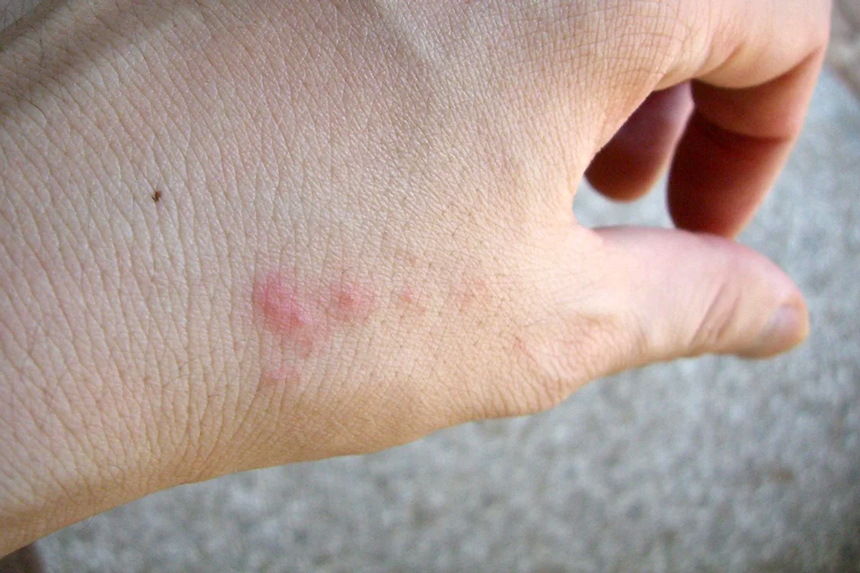Mite and Chigger Bites

Mite bites, including those from chiggers, often go unnoticed at first but can cause significant discomfort with itchy, red marks that resemble a rash. Mites, tiny as they are, do not typically transmit diseases to humans, but the irritation from their bites can be intense. Chiggers, a type of mite, inject saliva that breaks down skin cells, feeding on the liquid. The body reacts to hardened skin around the bite, surrounded by an inflamed and itchy welt. Preventing mite bites involves using insect repellent and wearing protective clothing in areas where mites are prevalent. Scabies, caused by a specific type of mite burrowing into the skin, result in a rash that mimics acne and severe itchig, particularly at night. Treatment for scabies involves prescription medication to kill the mites.
In conclusion, identifying bug bites and understanding their potential health implications is crucial today, where travel and climate change can increase exposure to various biting insects. While most bug bites are harmless and result in temporary discomfort, some can carry serious diseases. Recognizing the signs of bites from mosquitoes, ticks, bedbugs, spiders, and other insects can help determine the appropriate response, whether at-home treatment or seeking medical attention.
Prevention, including using insect repellent, wearing protective clothing, and maintaining a clean environment, remains the best strategies against the nuisances and dangers posed by these tiny creatures. By staying informed and prepared, individuals can protect themselves and their loved ones from the risks of bug bites.





